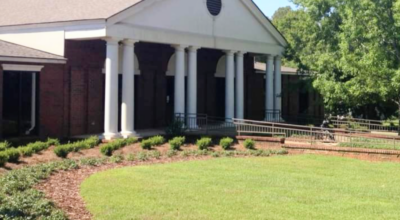Local schools make the grade
Published 2:44 pm Tuesday, February 16, 2016
Seventy-six Alabama schools have received a failing grade.
The list, released by the Alabama State Department of Education, includes schools that are in the bottom 6 percent of the standardized reading and math portions of the 2014-15 ACT Aspire test, which is given annually to students in third through eighth grade, and again in the 10th grade. This year, 10 more schools were deemed as failing schools than last year.
The increase in schools on the failing list could be due to a change. In past years, a school had to be in the bottom 6 percent in standardized testing scores for three of the previous six years before it was included on the list.
Butler County did not have a school on the list, a fact that Butler County Schools Superintendent Amy Bryan attributes to the hard work of system’s teachers and administrators.
“Our teachers and administrators work every day to ensure students are learning,” Bryan said. “We strive to teach the state standards to the depth appropriate for each grade level and subject area. With local assessments, we monitor each student’s progress toward proficiency in those standards at the beginning and middle of the school year and adjust instruction for each student to ensure that by the end of the school year, they each have mastered the standards, which means they’ll score well on the state tests … We like to say we teach students and not standards. However, we have to be sure that our students have mastery of each subject. It is an awesome task that our teachers are responsible for.”
The majority of the schools on the list are in Mobile, Birmingham and Montgomery school systems. Neighboring Wilcox County had one school on the list (Camden School of Arts and Technology).
Bryan said that funding handicaps some of the schools on the list.
“The most unfair part of the accountability law is that no matter how much above the national average Alabama schools score, there will always be a bottom 6 percent,” she said. “Also, we have no control of our funding. If you study the schools on the list, they are predominantly from high poverty counties that are funded at the lowest per pupil rate. Our per pupil rate is also low, and more than 70 percent of our students qualify for free/reduced meals, which is an indicator of students living in poverty. The state and local governments simply must provide adequate funding for addressing the learning gaps that children in poverty generally suffer with.”
Students who are attending failing schools have the option to transfer to other public schools or could qualify for tax credits and scholarships to help pay private school tuition.





